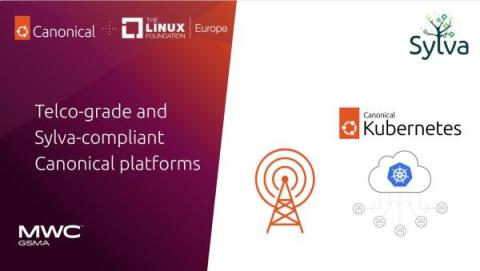Renting a Virtual Number in Turkey: Your Ultimate Guide
In today's digital world, having access to reliable communication channels is crucial for both businesses and individuals. One such solution that has gained immense popularity is the use of virtual and temporary phone numbers. In this guide, we will explore the benefits and applications of renting a Turkish virtual number, including how DID Virtual Numbers can be a reliable option for your needs.











